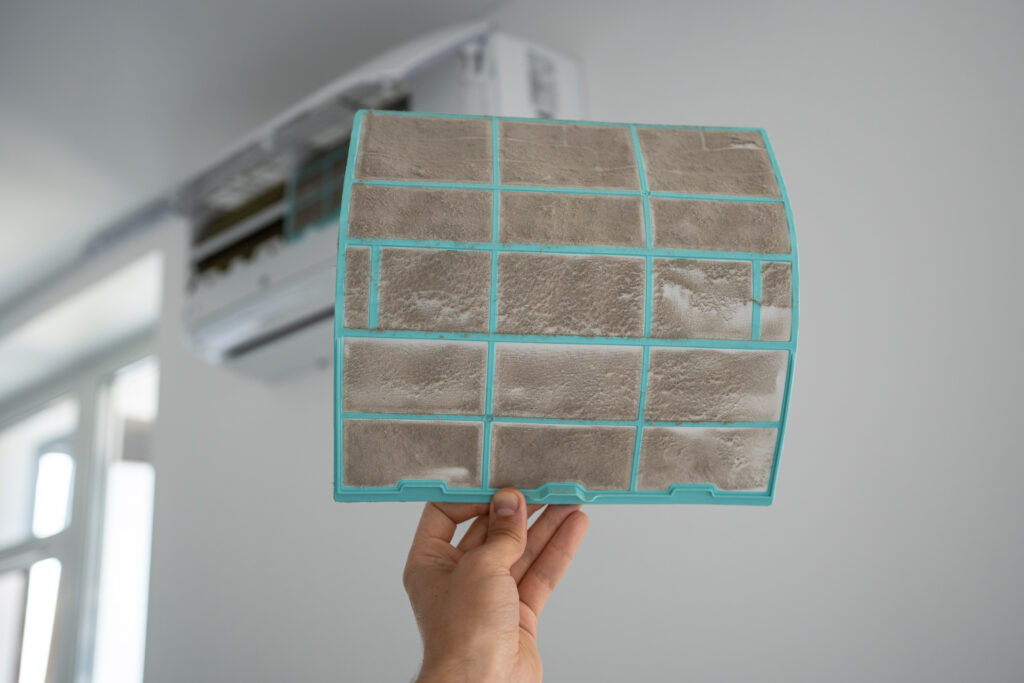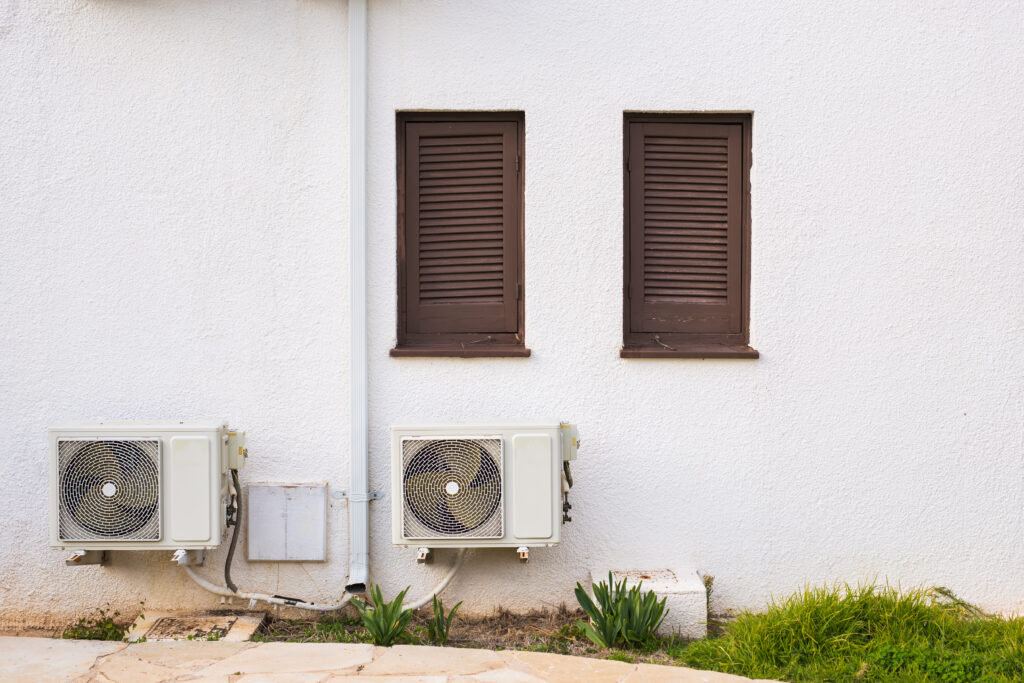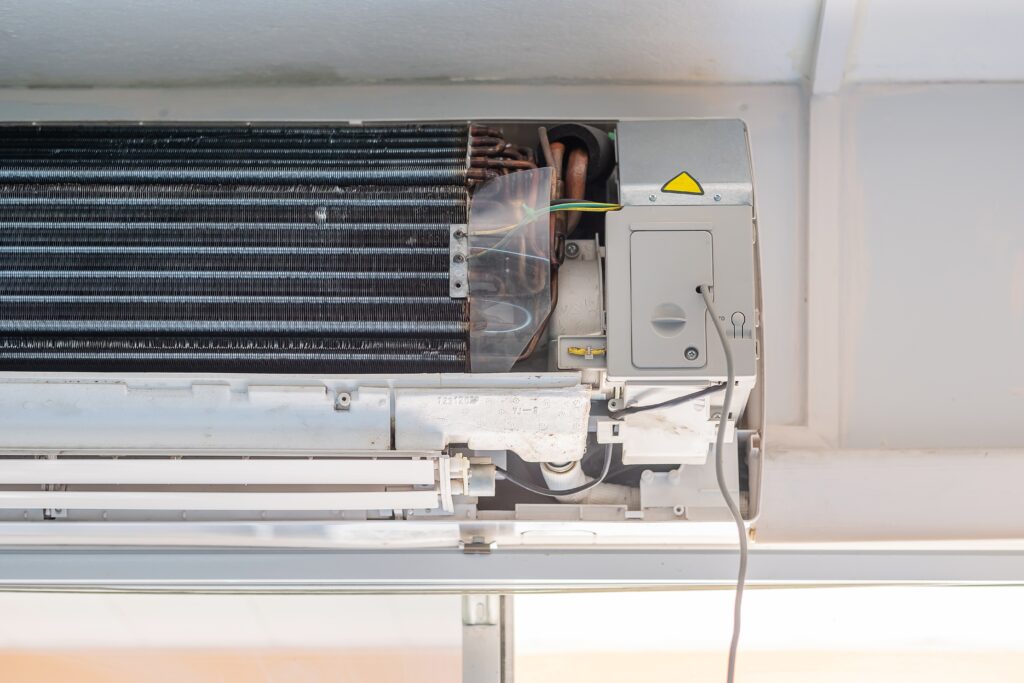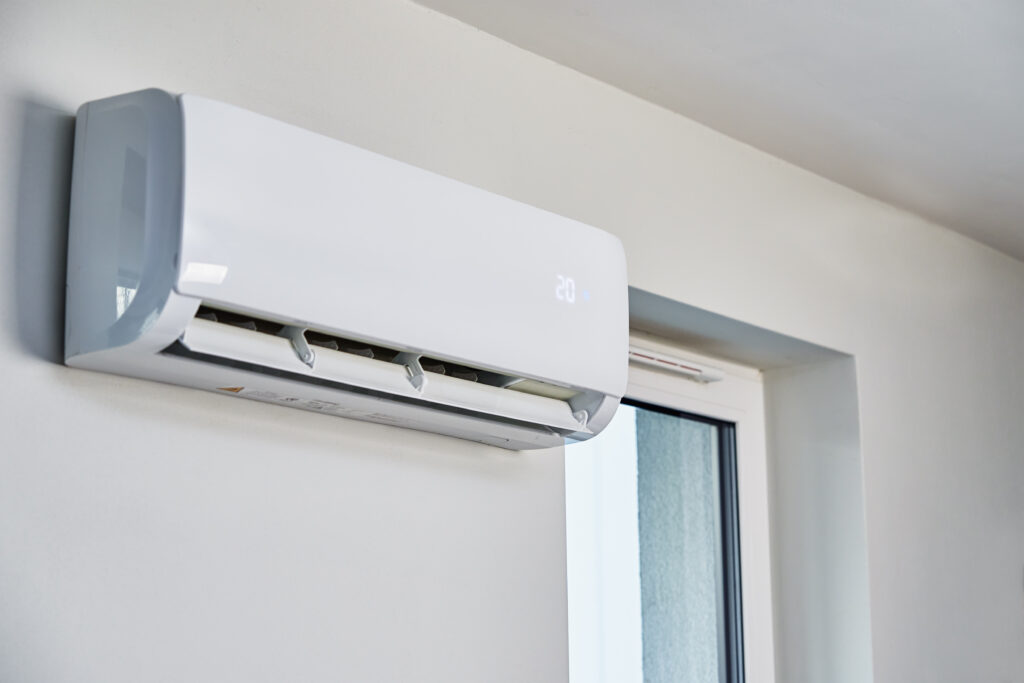Can a Mini Split Cool and Heat the Whole House?
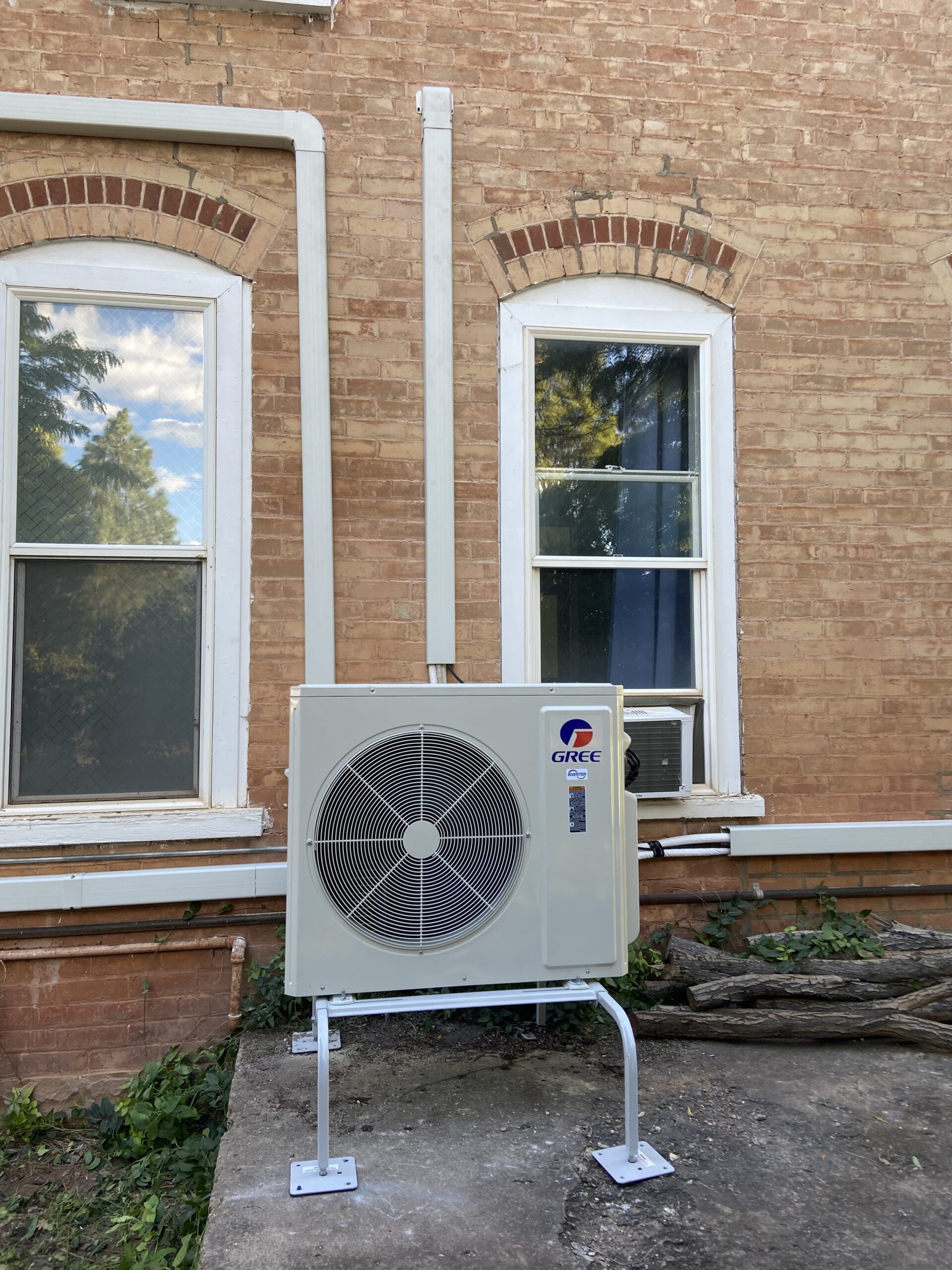
The ductless mini-split system has become an increasingly common sight in homes across Southern Utah. Many homeowners are familiar with them as a powerful and efficient solution for a single space, such as a new home addition, a converted garage, or a stubborn “problem room” that the central air just can’t seem to reach. This has led to a very common and logical question: if these systems are so great for one room, can they actually be used to cool and heat an entire house?
The short answer is a definitive yes. A properly designed multi-zone ductless mini-split system is not just a viable option for whole-home comfort; in many cases, it is a far superior one, offering a level of energy efficiency and personalized comfort that traditional central HVAC systems simply cannot match. Understanding how this technology is applied on a whole-home scale is the key to seeing if it is the right modern solution for your Hurricane home.
Understanding the Multi-Zone Mini-Split Solution
To see how a mini-split can handle an entire house, it is important to move beyond the idea of a simple one-to-one system. While a single-zone mini-split consists of one outdoor condenser unit connected to one indoor air-handling unit, a multi-zone system expands on this concept. It utilizes a single, powerful outdoor condenser that is capable of connecting to multiple indoor units, often up to eight or more, which are strategically placed in different rooms or “zones” throughout your home.
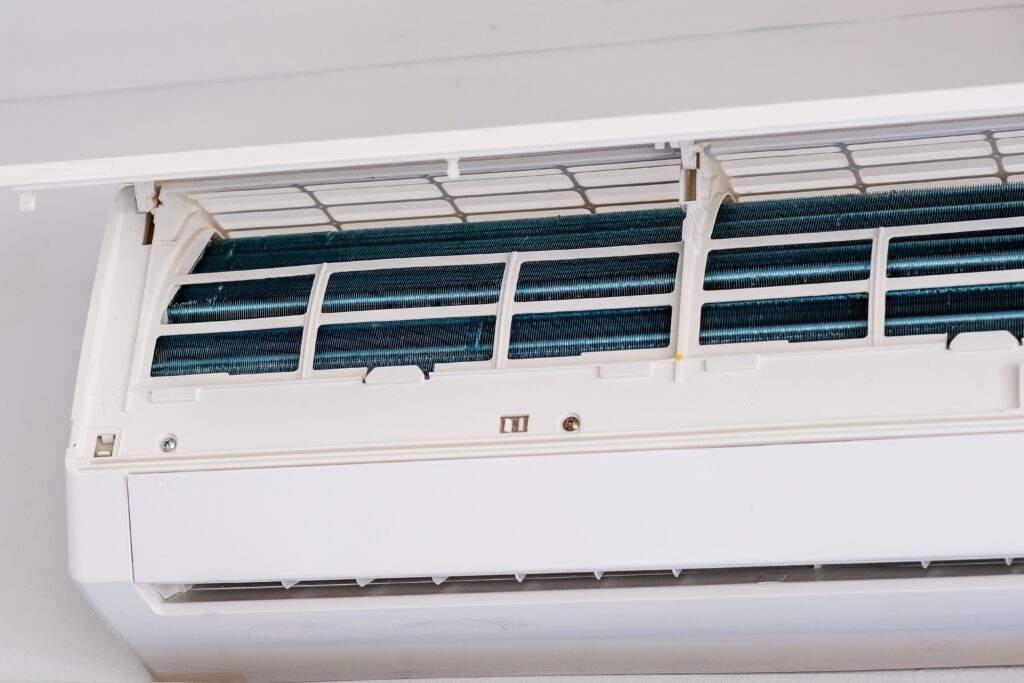
This is the key to whole-home coverage. You might have one indoor unit in your main living area, one in the master bedroom, and one in each of the kids’ rooms, all running off of a single, quiet outdoor unit. Each indoor unit, often called a “head,” is connected to the outdoor condenser via a small, insulated conduit that contains the refrigerant lines and electrical wiring. This small conduit requires only a three-inch hole through an exterior wall, making the system incredibly flexible and minimally invasive to install, especially in homes without existing ductwork.
Furthermore, it is essential to know that virtually all modern mini-split systems are heat pumps. This means they are engineered to provide both high-efficiency air conditioning during our scorching summers and effective, affordable heating during our chilly winter months, all from a single, all-electric system.
Thinking about investing in a mini split? Click here to learn more.
The Powerful Advantage of Zoned Comfort and Control
The single greatest benefit of a whole-home mini-split system is the ability to achieve true, room-by-room zoned climate control. With a traditional central air system, your entire house is treated as a single zone, controlled by one thermostat, which is typically located in a central hallway. This is the source of the age-old family arguments over the thermostat and the frustrating problem of hot and cold spots.
A multi-zone mini-split system completely solves this problem. Each individual indoor unit has its own built-in thermostat and is controlled by its own remote. This gives you the power to set the temperature in each room independently to perfectly match the needs and preferences of the people using it. You can keep your master bedroom a cool 68 degrees for sleeping, while your living room is set to a more moderate 74 degrees, and an unused guest bedroom can be set to an energy-saving 80 degrees, all at the same time.
This level of granular control not only provides unparalleled personalized comfort for every member of your family, but it also provides a powerful way to save energy. You are no longer paying to cool or heat the parts of your home that are not currently occupied. This ability to direct your comfort precisely where and when you need it is a level of smart control that a standard central system cannot offer.
Unmatched Energy Efficiency
Ductless mini-split systems are, in general, far more energy-efficient than their traditional ducted counterparts, and this advantage comes from two key technological differences.
The first and most significant source of efficiency is the complete elimination of energy loss from ductwork. In a typical home in Hurricane, the duct system runs through the unconditioned and intensely hot attic. Even in a well-sealed duct system, the super-cooled air from your AC unit can be warmed up significantly by the attic heat before it ever reaches your vents. The Department of Energy estimates that these duct losses can account for more than 30% of a home’s cooling energy consumption. Because a mini-split delivers the conditioned air directly from the indoor unit into the room, this massive source of energy waste is completely eliminated.
The second efficiency advantage comes from the advanced technology inside the unit itself. Modern mini-splits use inverter-driven, variable-speed compressors. Unlike a traditional system that slams on at 100% power and then shuts off, a variable-speed system can modulate its output, running for longer, continuous periods at very low power levels to precisely match the room’s needs. This is like having a dimmer switch for your HVAC system instead of just an on/off switch. This ability to sip energy rather than guzzle it results in remarkably high SEER2 ratings and significantly lower monthly utility bills.
Can a Mini-Split Handle a Utah Winter?
This is a critical and valid question for any homeowner in our region. While our summers are the dominant concern, our winters are genuinely cold, with temperatures that regularly drop well below freezing. A common concern is whether a heat pump, which works by extracting heat from the outdoor air, can possibly keep a home warm when it is 20 degrees outside.
While this was a limitation of older heat pump technology, modern advancements have completely solved this problem. The new generation of mini-splits, often called cold-climate heat pumps, are specifically engineered to perform in harsh winter conditions. They use advanced variable-speed compressor technology and sophisticated refrigerant systems that allow them to continue extracting heat from the air and operating efficiently even when the outdoor temperature is as low as 5 degrees Fahrenheit, and some models can even produce heat in sub-zero temperatures.
For our specific Southern Utah climate, a modern, properly sized cold-climate mini-split system is more than capable of providing all the heating your home will need for the entire winter, and it will do so with an efficiency that a traditional furnace cannot match during the milder parts of the season.
Considerations and Potential Drawbacks
To make a fully informed decision, it is just as important to understand the potential drawbacks and considerations that come with a whole-home mini-split system.
The most significant factor for many homeowners is the upfront installation cost. While a single-zone unit for one room is very affordable, a multi-zone system designed to condition an entire home can have a higher initial cost than simply replacing a standard central air conditioner, especially if your home already has a functional duct system in place. However, it is important to view this as a long-term investment. High-efficiency mini-split systems often qualify for significant federal tax credits and utility rebates, and the substantial monthly energy savings they provide can help to offset the initial cost over the life of the system.
The other major consideration is aesthetics. Unlike a central system where the only visible components are discreet vents in the floor or ceiling, a mini-split system requires a visible indoor air-handling unit in each zone. While the most common wall-mounted units are designed to be sleek, quiet, and unobtrusive, they are still a piece of equipment on your wall. For homeowners who prioritize an invisible system, this can be a drawback. It is worth noting that there are other, less conspicuous indoor unit styles available, such as ceiling cassettes that sit flush with the ceiling, or floor-mounted consoles.
Is a Whole-Home Mini-Split Right for You?
The decision to choose a whole-home mini-split system comes down to your specific priorities and the characteristics of your home. A multi-zone mini-split is very likely the perfect solution for you if your home was built without any ductwork, if your top priorities are maximizing your energy efficiency and having room-by-room temperature control, or if you are looking to create an all-electric home.
If your home has a relatively new and well-sealed duct system and your primary goal is to simply replace your old central unit with the lowest possible upfront cost, a new, high-efficiency traditional system may be the more straightforward choice. However, for those building a new custom home in the Hurricane area, designing the home around a ductless system from the start is an incredible opportunity to build a truly modern and hyper-efficient property.
The answer is clear: yes, a ductless mini-split system can absolutely cool and heat your entire house, and it can do so with a level of efficiency and personalized comfort that traditional systems struggle to match. By leveraging a multi-zone configuration and the power of modern cold-climate technology, a mini-split is a powerful and viable solution for year-round comfort in our demanding Southern Utah climate.
The key to a successful whole-home mini-split system is a professional and thoughtful design that carefully considers the unique needs of your home and your family. If you are intrigued by the powerful benefits of ductless technology, we encourage you to contact the home comfort experts at Heatwave Solutions. We can provide a thorough evaluation of your Hurricane home and help you explore if a modern mini-split system is the right choice for you.


